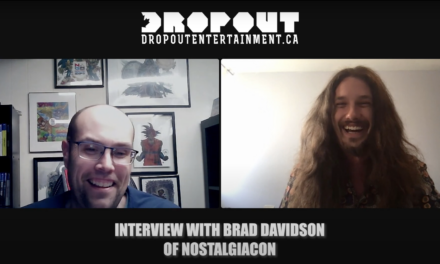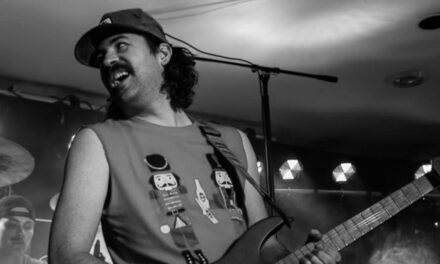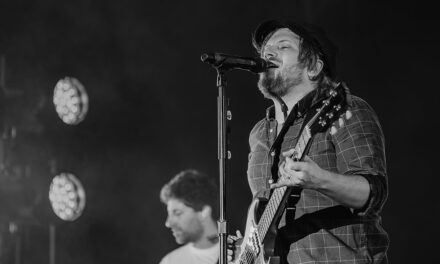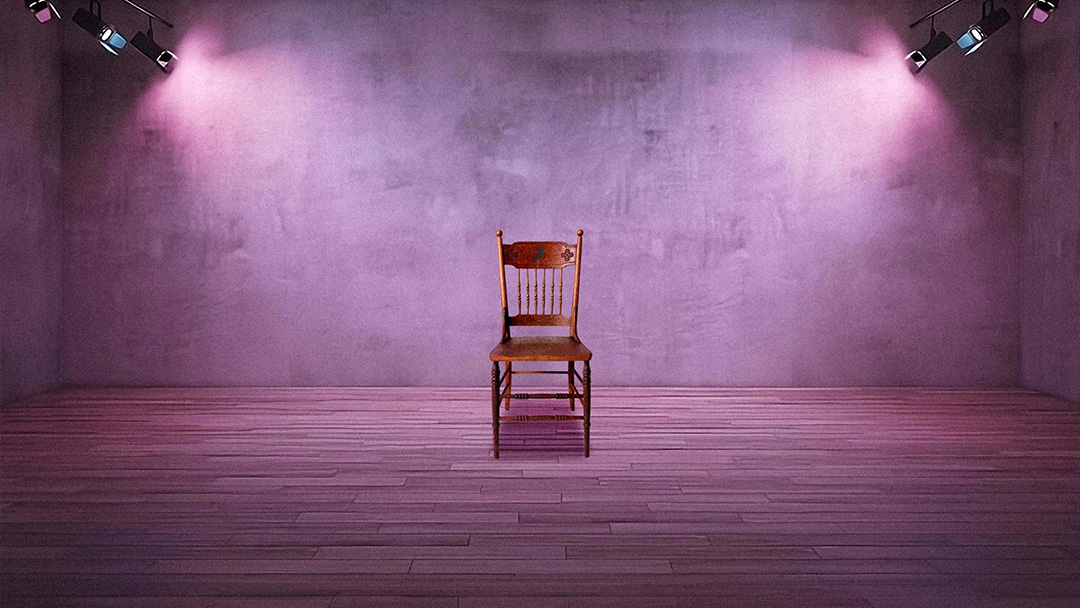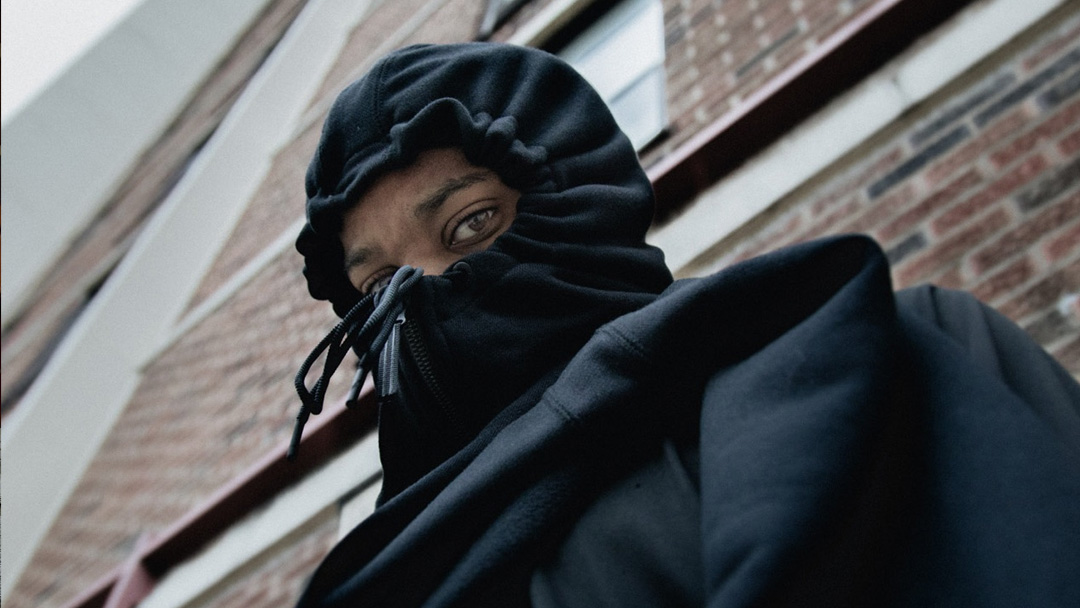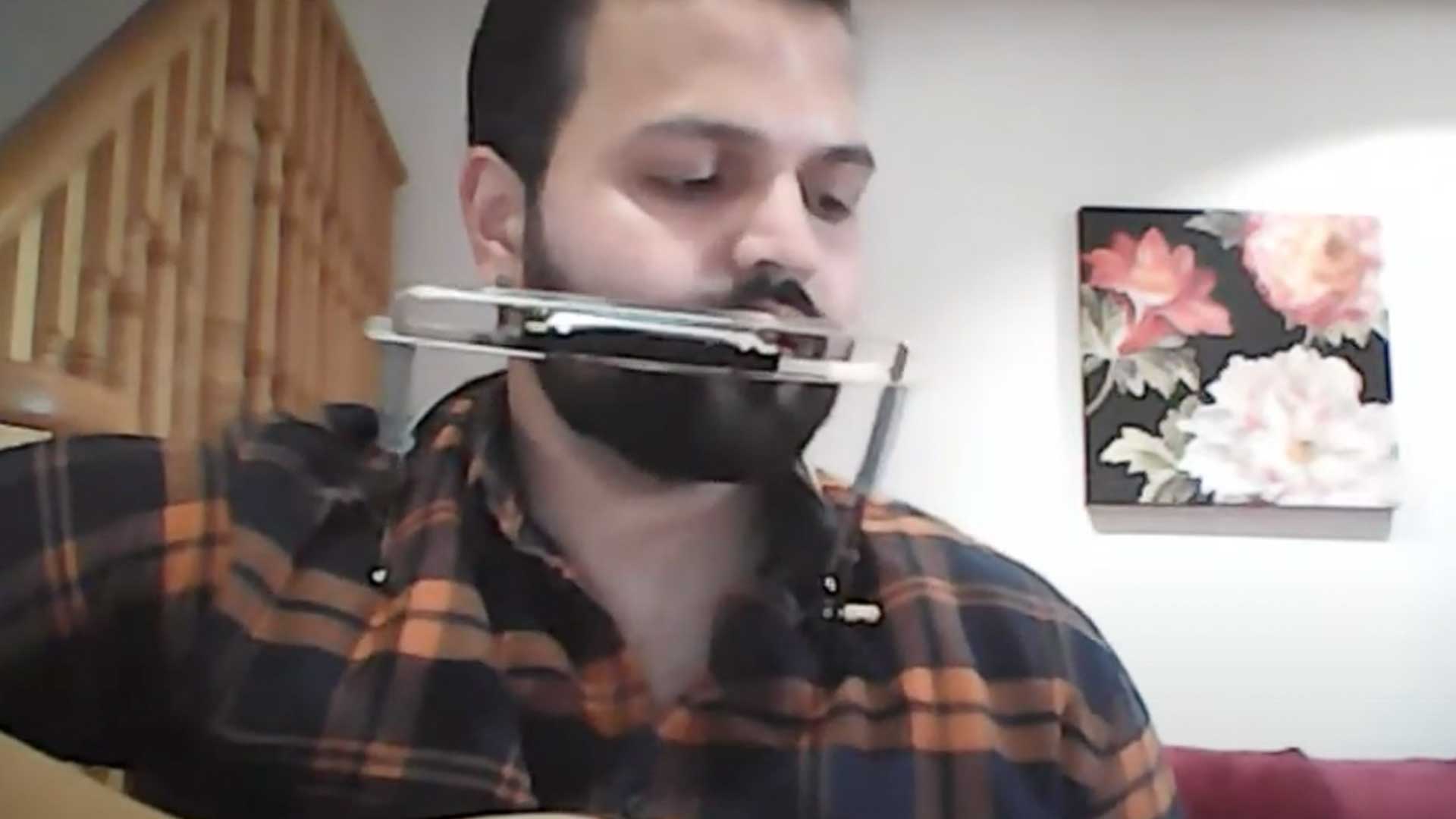
Peruvian-Canadian Artist Matías Roden Shares Tender, Haunting Single “Close Your Eyes”
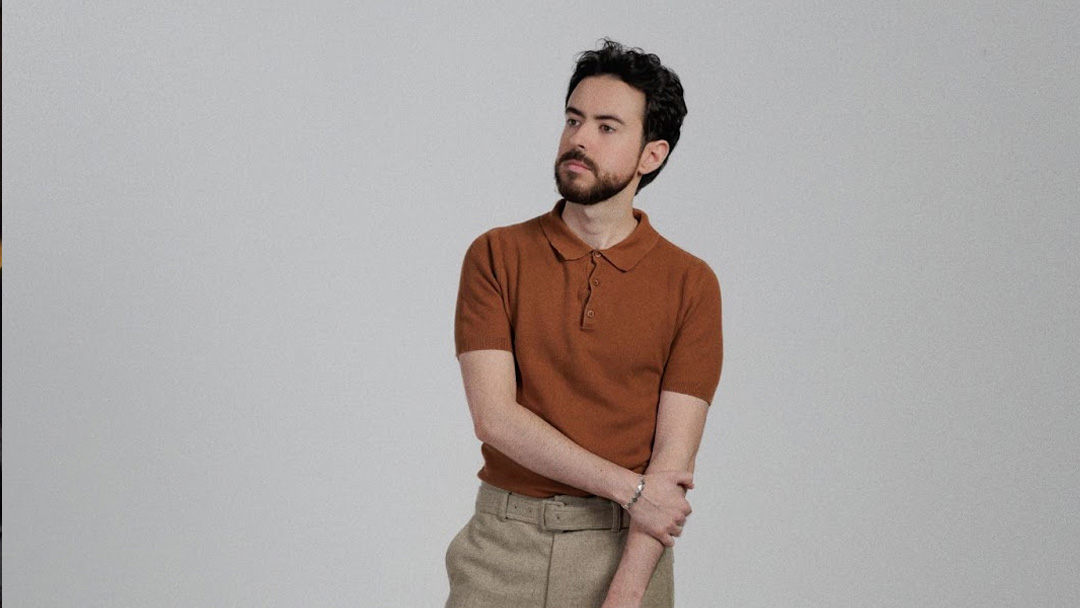
Matías Roden is a Peruvian-Canadian singer-songwriter drawing from classic British synth-pop and combining it with modern sample-based production. His unflinchingly personal lyrics delve into struggles with mental health, referencing his unique childhood of growing up between vastly different cultures (the UK and Peru), as well as experiences as a gay and queer youth.
Gearing up to release his debut EP on Light Organ Records, produced by acclaimed singer-songwriter Louise Burns, the latest single “Close Your Eyes” juxtaposes an upbeat synth-pop melody with melancholic lyrics.
“Close Your Eyes” is about feeling guilt and regret after breaking someone’s heart. “I wanted the lyrics to be a little creepy to mirror how this character singing thinks of himself, like a monster for hurting someone else emotionally,” Roden explains. “It’s about what keeps you up at night when you go to sleep, what’s inside your mind that is torturing you.”
Set in the 19th century, the music video was filmed at the Roedde House Museum in Vancouver, a surviving Victorian mansion from the 1800s; as well as Central Park in Burnaby in an old-fashioned gazebo. It unapologetically depicts a secret love affair between two gay men during that time period, and how one of them, after choosing to run away from the relationship and dying, becomes a spectral vampire-like figure that haunts his ex lover. “It’s really important for me for this kind of video to not feel sexless and sanitized,” Roden states. “One of my mission statements as an artist is to be the openly gay pop star I did not have growing up, and I want any depictions of love between two men in my work to feel authentic.”
“Approaching the music video, I drew upon the formalism of Merchant Ivory British period dramas, along with the minimalism of silent films, to capture something both curiously stodgy and distinctly modern,” director Peter Faint explains, adding that “Merchant Ivory’s 1987 film ‘Maurice’ was especially important to establish our intention and artistic approach.”











